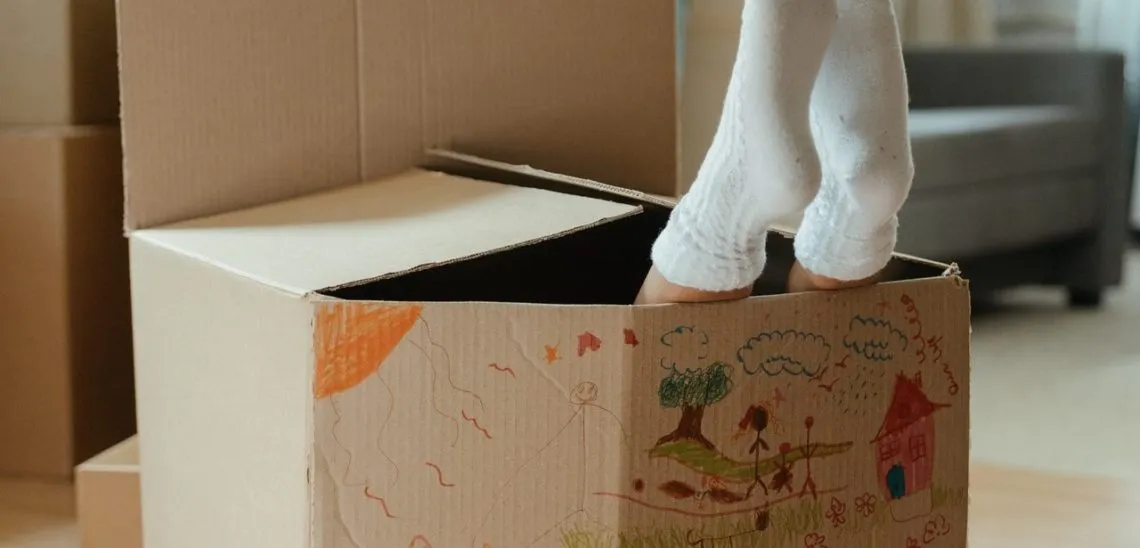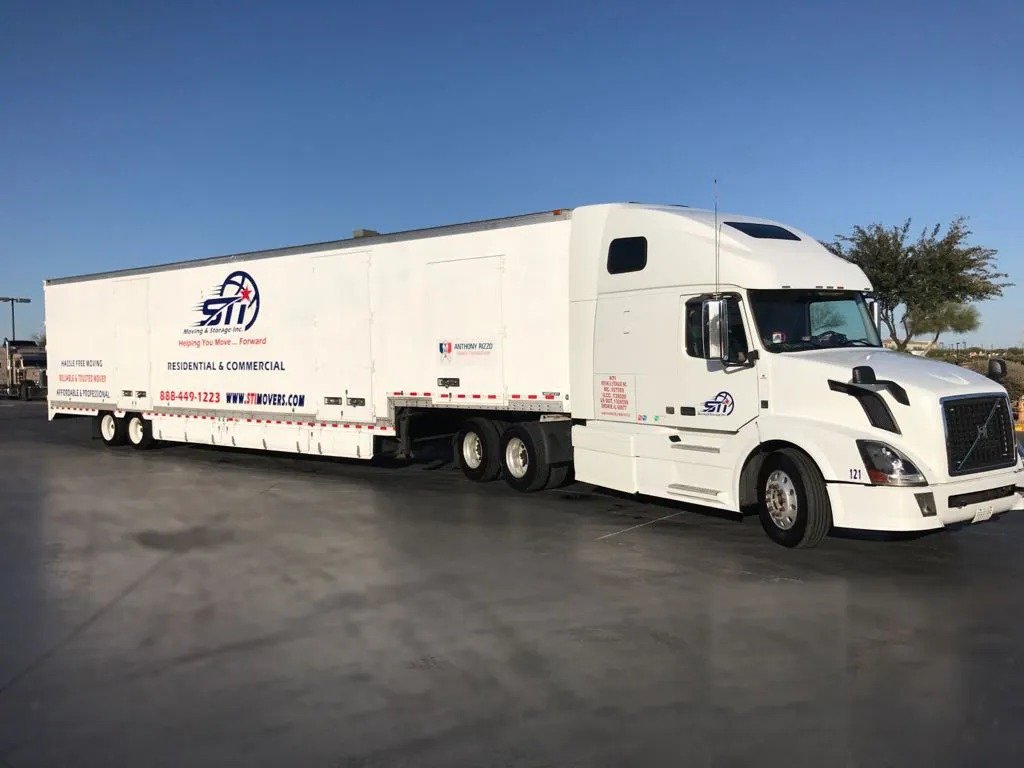The bigger your home or office is, the more confused you can get with packing serivce. When you pack, you need to be patient and think in advance. The latter is essential because you can get some job done sooner and ease into the rest of the packing process. When you think enough in advance and organize properly, you will know what you can put in boxes first. Here is what you can do.
Start Early Enough
Even if you scheduled your relocation in six months, it won’t hurt to start today. Why? Because the earlier you get on with it, the less stressed you will feel as the scheduled relocation day with the moving company approaches.
Early preparation allows you to declutter, organize, and pack at a comfortable pace. Start by making a list of all the tasks you need to accomplish before moving day. Break it down into smaller steps and set deadlines for each task to keep yourself on track. Early planning also gives you time to gather packing supplies and decide whether you’ll need professional packing or moving services.
1 Month Ahead
We suggest starting as early as possible, and it’s up to you to decide when you should start packing, mostly according to the size of your home. Generally, a month before the moving day you can already pack anything that is out of season or things you know you won’t use. Artwork and the items that aren’t in daily use can also be packed.
Focus on packing items from storage spaces like attics, basements, or garages. Seasonal clothing, holiday decorations, and rarely used kitchenware can be boxed up early. Label each box clearly with its contents and the room it belongs to in your new home. This will save time during unpacking and help movers place boxes in the correct rooms.
3-2 Weeks Ahead
As you move closer to the relocation day, you can start packing some electronics (mostly the appliances you don’t use all the time), most of the children’s toys, and most of the linen. Also, archived documents in the office you know you won’t need 2 weeks before moving out can be packed, as well as the other supplies.
During this stage, consider packing items like books, DVDs, and decorative pieces. Use padding materials like bubble wrap or towels to protect fragile items. For electronics, take pictures of the wiring setup to make reassembly easier in your new home. Store cables and small accessories in labeled bags to keep them organized.
Last Week Before Move
As the days go by and you’re moving closer to the relocation day, you will be surrounded by boxes more and more. Leave only the essentials like enough clean clothes, daily toiletries, and other items that go into your move-in kit, e.g., the first box you will unpack when you transfer to the new location.
Pack an essentials box with items you’ll need immediately upon arrival at your new home. This should include:
- Basic toiletries
- A change of clothes for each family member
- Medications
- Chargers for electronic devices
- Important documents
- Basic kitchen supplies (like a kettle, utensils, and paper plates)
Additionally, prepare a cleaning kit with supplies to tidy up your old and new spaces before unpacking.
Don’t Forget Safety
Even though more and more US citizens are getting vaccinated at this point, COVID-19 is around us and it is real. Make sure to clean and sanitize when packing, and wear masks and keep enough social distance from the movers on your relocation day. Stay safe.
Beyond COVID-19 precautions, ensure physical safety during packing and moving:
- Avoid overloading boxes to prevent injuries when lifting.
- Use proper lifting techniques to protect your back.
- Seal boxes securely to prevent spills or damages.
- Store sharp or hazardous items (like knives or cleaning chemicals) separately and label them clearly.
Additional Packing Tips for a Smooth Move
- Declutter Before Packing: Reduce the number of items you need to pack by donating, selling, or discarding items you no longer need. This saves time and money during the move.
- Use Quality Packing Supplies: Invest in sturdy boxes, strong packing tape, and protective materials like bubble wrap for delicate items.
- Pack by Room: Keep items from each room together to make unpacking more organized and efficient.
- Label Clearly: Use color-coded labels or write the room name on each box. Include a brief description of the contents to make finding specific items easier.
- Protect Fragile Items: Wrap glassware, dishes, and other breakables individually with packing paper or foam. Mark these boxes as “Fragile” to ensure careful handling.
Conclusion
Packing for a move doesn’t have to be overwhelming if you start early, stay organized, and approach the process systematically. By following this timeline and packing items gradually, you’ll reduce stress and be better prepared for moving day. Whether it’s starting with non-essentials a month ahead, focusing on specific categories closer to the date, or preparing an essentials box for your first day in your new home, these steps ensure a smooth and efficient move. Don’t forget to prioritize safety—both in terms of health and handling your belongings. With the right strategy, your relocation can be seamless and stress-free. Best of luck with your move!



